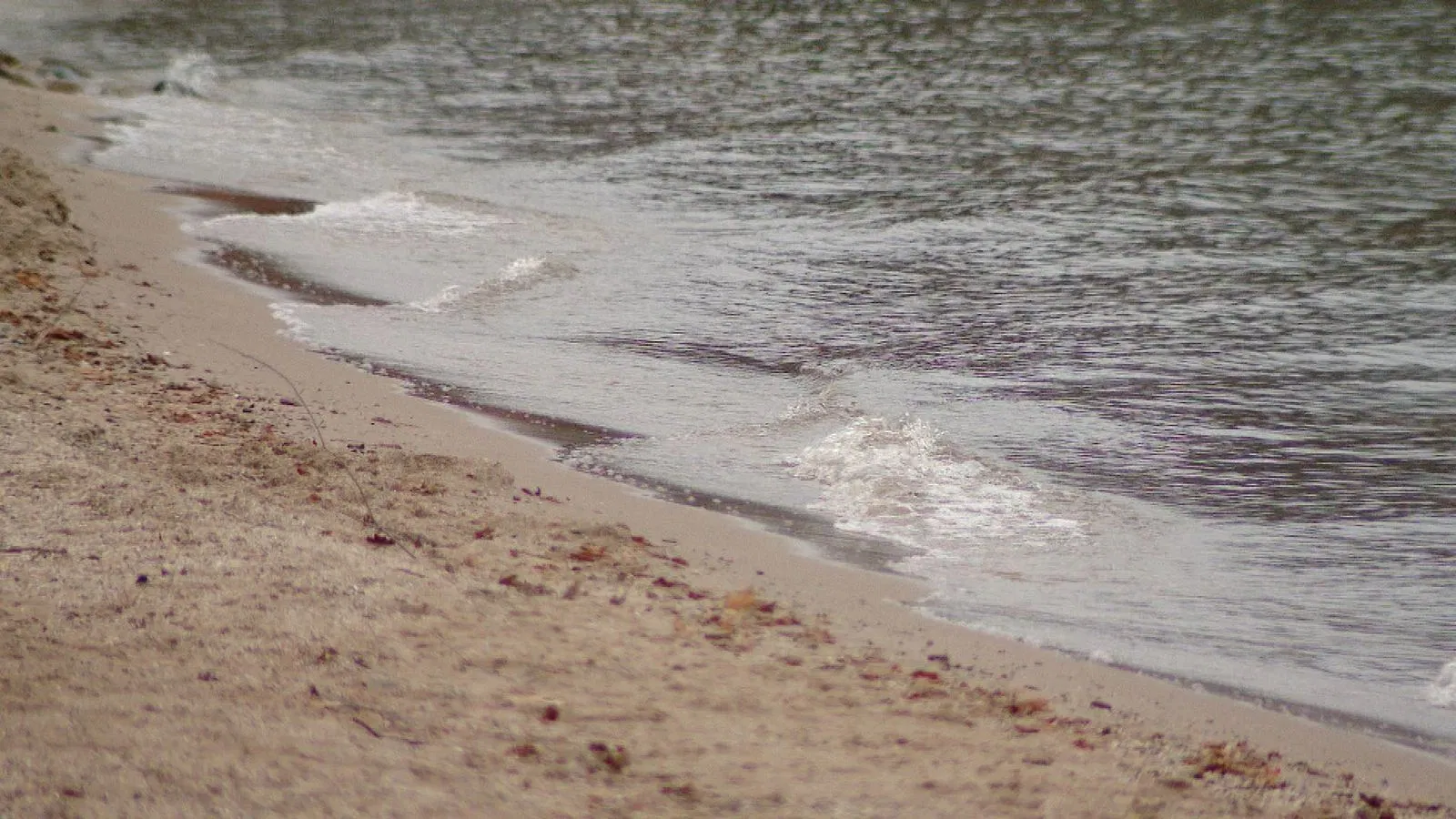Unseasonably warm weather in Northeast Wisconsin is causing unexpected hazards and delays for ice fishers, disrupting the usual winter ice fishing season. The impact has been so significant that seasoned individuals in the field are expressing concerns about the safety of venturing onto the ice.
Don Herman, the owner of SUNK? Dive and Ice Service, with 48 years of experience, emphasized the unpredictable conditions brought about by temperatures more commonly associated with March occurring in December. He noted the absence of significant ice around Christmas, a phenomenon he hadn’t witnessed in quite some time.
In Shawano County, authorities are currently investigating the tragic death of a 78-year-old ice fisherman found at Lulu Lake. Additionally, the county’s sheriff’s department reported multiple incidents of individuals falling through the ice over the past several days, highlighting the perilous conditions.

While Lake Winnebago in Oshkosh presents a deceiving appearance of open water reminiscent of summer, experts caution against assuming safety. Herman stated that although efforts might be made to create some ice for bays to accommodate walking for fishing enthusiasts, it will not be suitable for activities involving four-wheelers and snowmobiles for at least another three weeks.
Offering advice based on decades of experience, Herman mentioned that, despite temperatures dropping below freezing, the ice quality doesn’t become reliable until reaching around zero degrees.
First responders echoed the sentiment, emphasizing the importance of caution when venturing onto ice-covered bodies of water. Tyler Hilland from Neenah-Menasha Fire Rescue stressed a minimum ice thickness of four inches for those on foot. Carrying safety equipment, such as ice awls or ice picks, a safety rope, and informing others of your whereabouts, is crucial to enhancing personal safety. Authorities discouraged venturing onto ice that hasn’t been traveled by others, emphasizing the unpredictable nature of ice conditions during this unusual warm spell.
Neenah-Menasha Fire Rescue, accustomed to responding to incidents of people falling through water each year, remains prepared with dive capabilities and multiple boats to manage potential ice rescue situations. Hilland emphasized that for ATV travel, the ice should be five to eight inches thick, while truck travel requires at least a foot-thick ice layer to ensure safety.
Image/Source: FOX11





